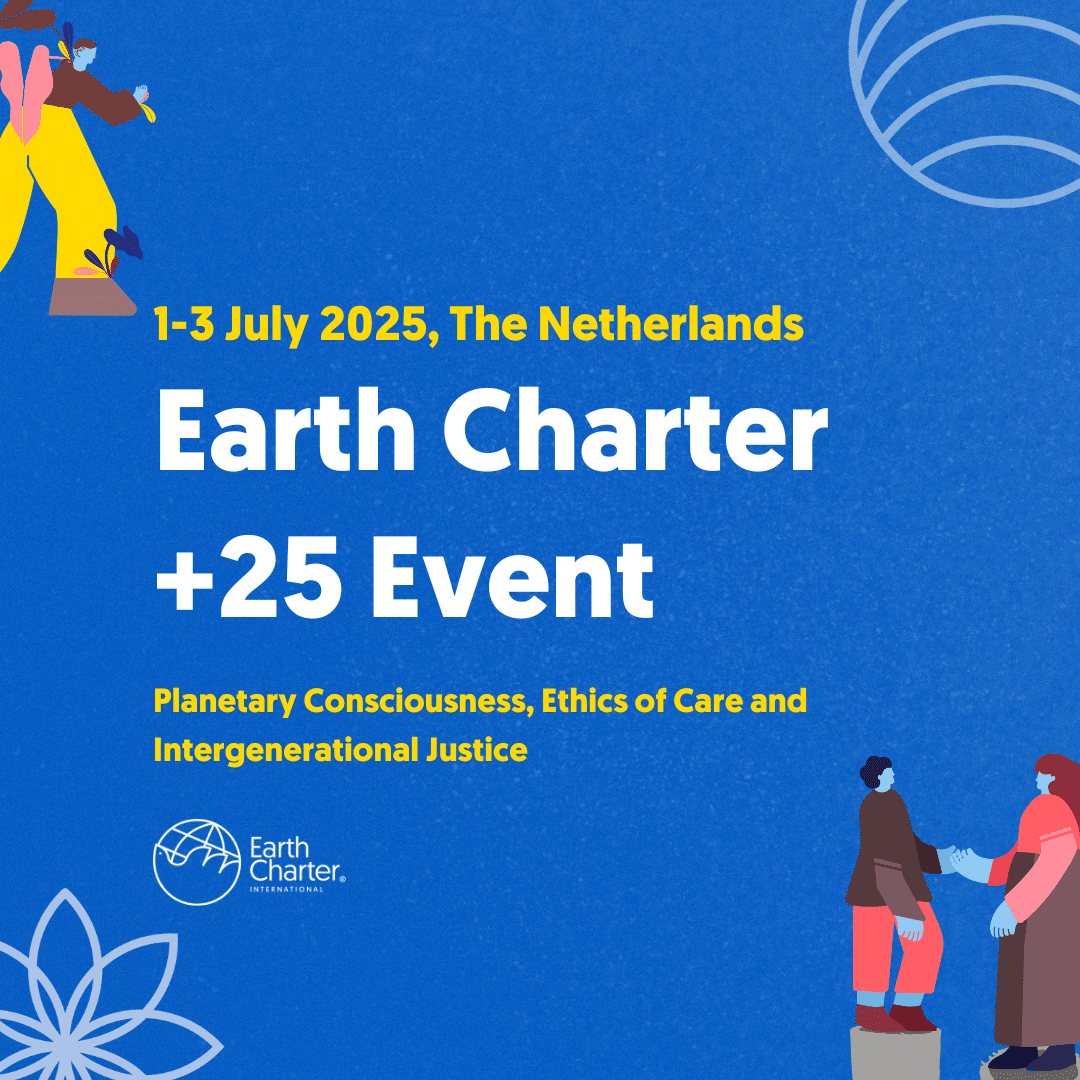Dear friends of The Earth Stories Collection,
The confinement at home caused by the COVID-19 pandemic has not prevented our soul from traveling around the world in our search and selection of stories for TESC. Reading or listening to the myths, legends, fables, and folktales from cultures often unknown leads you not only to discover other ways of being in the world and to see reality, always tinged by the climate and the landscape where that culture developed. It also leads you to discover the human soul and the soul of the world, that global intangible entity in which not only human beings participate, but also the Terrestrial Community of Life and the apparently non-living elements that make up our planet.
From the work made along the last month, we have already begun to give fruit in TESC web platform. In the period elapsed since our last newsletter, we have published three new traditional stories, specifically:
- Essarye, a tradition of the Guna People in the border area between Panama and Colombia. This story was also posted on video format to celebrate International Mother Earth Day. You can see the video here.
- The Barbacha, a creation myth of the Inkal Awá People, in the border area between Colombia and Ecuador.
- The Ants and the Treasure, a folktale from the Yoruba Tradition (Nigeria, Benin, Togo, and Ghana).
These three stories illustrate, respectively, two fragments of the Preamble and Principle 15c of the Earth Charter.
But today we are going to upload another story that we already told you about in the previous newsletter, ‘The Creation Legend of the Yup’ik People’. Jack Dalton, the custodian of the Yup’ik tradition from Alaska and Siberia, generously lent it to us for the Collection. This is a fascinating story with surprising scenes that can lead to deep reflection.
Meanwhile, we are adapting, preparing, reviewing, and proofreading new stories that we will offer in the coming weeks. Among them, there are stories from the Tehuelche People in Argentina, the Huitoto People in Colombia and Peru, the Inughuit People in northern Greenland, the Sámi People in northern Scandinavia, and from the Guanches in the Canary Islands. We have also found a fascinating legend from the north of Iceland that will not go unnoticed.
In short, if you look at the world map on the TESC home page, you will see that we are trying to cover all those areas of the Earth whose cultures we have not managed to include stories so far.
We also want to highlight the contacts established with representatives or bearers of traditions from aboriginal cultures, such as Margarita Abapillo, of the Guaraní Peoples, national director of Aboriginal Peoples of the Ministry of Environment of the government of Argentina, who is kindly helping us. We have also had the pleasure of contacting Nancy San Martín, singer-songwriter, teacher and researcher of the Mapuche People, who has kindly offered to provide us with some stories from her culture.
In addition, we have had new conversations with Professor Maria Angela Pavan, from the Universidade do Estado do Rio Grande do Norte, at Natal, who will provide us with traditional stories from the Brazilian north-eastern regions. Mercedes Rubio, ‘Yanuka,’ also contacted us. She belongs to Ludoplán Prehistoria, an educational initiative that aims to make known to schoolchildren in Andalusia, Spain, how life was in prehistory. According to Yanuka, in their prehistoric recreations, they have started using TESC stories. On the other hand, they have spread the Collection in their wide network of school contacts, making it known to around 300 teachers in southern Spain.
But, also, on this occasion, we have IMPORTANT NEWS to give you. Last March, the British publishing house Routledge, which is probably the most important publishing house in the world regarding the field of social sciences, published a book containing four chapters written by two members of the TESC management team. This book, edited from the Nottingham Trent University by Petra Moltan-Hill, Heather Luna, Tony Wall, Helen Puntha y Denise Baden, is entitled Storytelling for Sustainability in Higher Education: An Educator’s Handbook. You can find in this book two chapters by Alette Willis, Editorial Consultant in TESC, and two chapters by Grian Cutanda, Executive Director of TESC. They are the following:
- Chapter 3: Changing World-views Through a Stories Collection and The Earth Charter, by Grian Cutanda
- Chapter 12: Reading Ecological Memoirs: What Narrative Therapy Can Tell Us About the Power of Discussing Books in Groups, by Alette Willis
- Chapter 16: The Secret of Dreaming: Introducing Systems Thinking and World-View, by Grian Cutanda
- Chapter 17: Using Memoirs in Science Communication for Transformational Learning, by Alette Willis
Finally, it should be noted that TESC has been in the news this month in a couple of radio stations, in Spain –Radio Buñol, in Valencia–, and Colombia –Radio Chakaruna, in Medellín. In addition, we found by chance on the UNESCO website the news of the launch of TESC last October. You can read it here.
Before saying goodbye, remember that, if you are a storyteller and want to join our global network of storytelling activists, just sign the Declaration of The Earth Story Tellers and send us the document, following the indications given in it. To do this, click here.
On the other hand, below we have included a section entitled We need …, where you can find a list of needs that we have to carry out the work in The Earth Stories Collection. Please take a look and see if you can help us with anything listed there. Thank you.
We are finishing now, but not without first wishing you that life be kind to you throughout the next month.
Make your life a beautiful story.
Warmly,
Grian A. Cutanda
Executive Director of The Earth Stories Collection

We need…
Stories from…
- Siberia: Nenet y Nganasan Peoples (both samoyed), Evenki People, Tofalar People.
- Europe: Germany, Poland, Sweden, and Ireland.
Remember that these stories, for their selection, must be able to illustrate some principle or fragment of the text of the Earth Charter. You can read the Earth Charter here.
Contacts with …
- Representatives or keepers of the traditions from the following peoples or ethnic groups: Pemon and Kokama, in South America; Rapanui and Maori, in the Pacific; Ngarrindejerri, in Australia.
Translators
- From all possible languages, except English, Spanish and French
Thanks for your collaboration.







